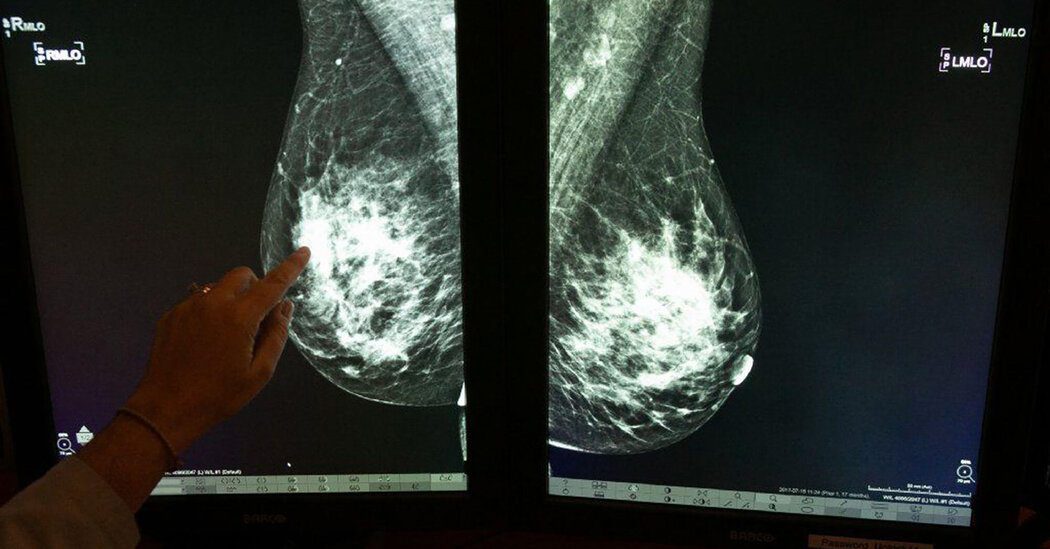Why It Matters: A Potential Warning Sign
Shu Jiang, the study’s lead author and an associate professor of public health sciences at Washington University, said the findings might provide an individualized and dynamic tool for assessing a woman’s breast cancer risk. “I hope they can get this into clinical use as soon as possible — it will make a huge difference,” she said.
“Right now, everybody only looks at density at one point in time,” Dr. Jiang added. But women have mammograms at regular intervals throughout their lives, and the density of each breast is measured each time.
“So this information is actually already available, but it’s not being utilized,” she said. Now, a woman’s risk of developing breast cancer could “be updated every time she gets a new mammogram.”
Background: Breast Density Matters
Breast density is now an acknowledged risk factor for breast cancer, albeit one of many. Dense tissue also makes tumors harder to detect in imaging scans.
Dozens of states have started requiring mammography centers to notify women if they have dense breast tissue. In March, the Food and Drug Administration recommended that providers tell women about their breast density.
But this is the first study to measure changes in density over time and to report a link to breast cancer.
What’s Next: Finding Women at Risk
Though larger studies will need to be done to confirm the findings, Karen Knudsen, chief executive of the American Cancer Society, called the data “exciting.”
“This is the first study I’ve seen that looks specifically across time at changes from breast to breast, instead of averaging the two breasts, where you might miss these changes,” Dr. Knudsen said.
Although women are provided the information about breast density and the risks associated with it, the study suggests that information could be better used. “We need to know how to follow women with dense breasts, instead of just alerting them,” Dr. Knudsen said.
One next step may to be examine breast density over time in women taking medication to prevent breast cancer to see if the density decreases, Dr. Knudsen suggested.
“There could be different risk stratification guidelines set up to monitor those who are having much slower decline in tissue density, versus those who are not,” Dr. Jiang said.



